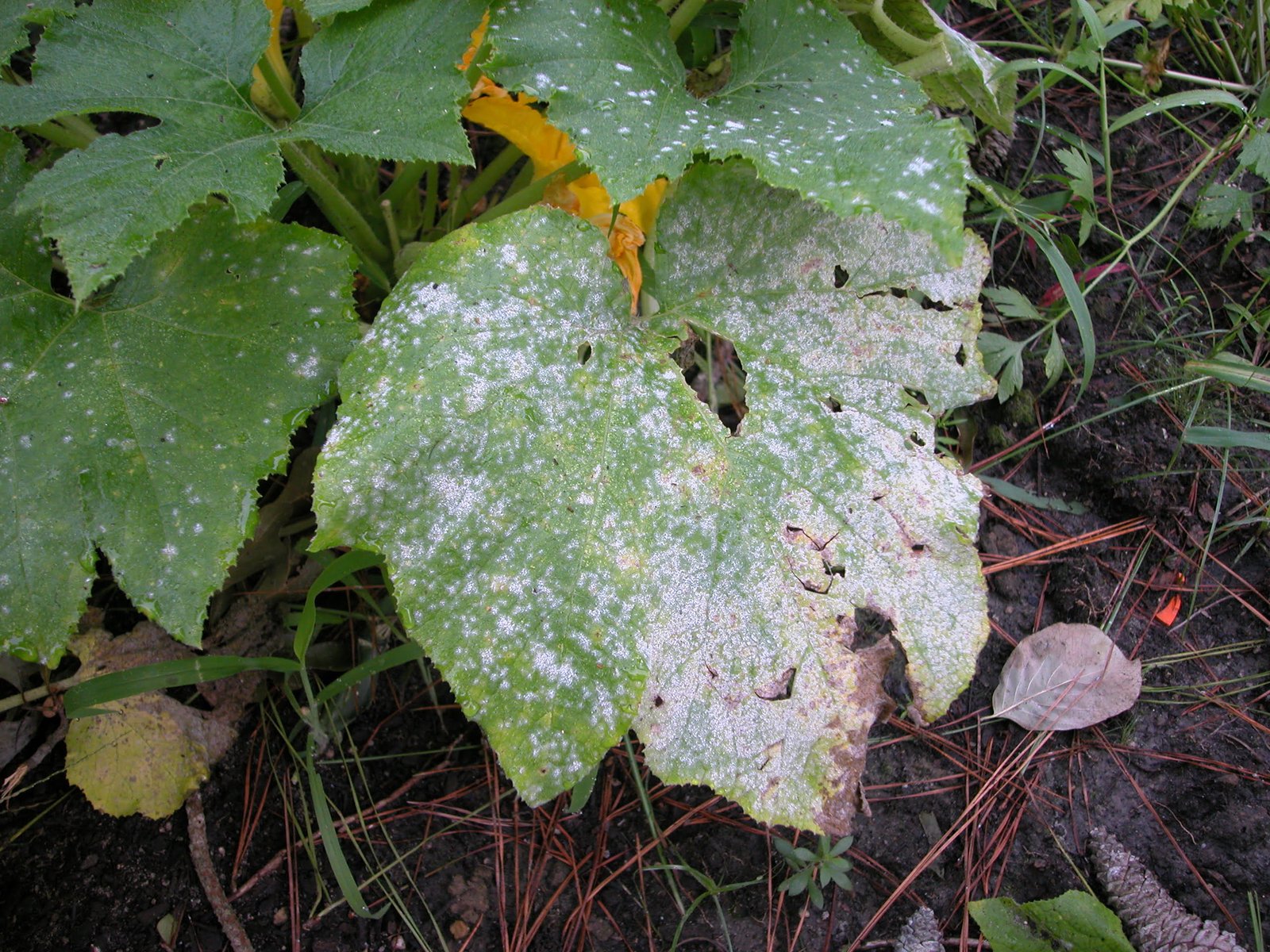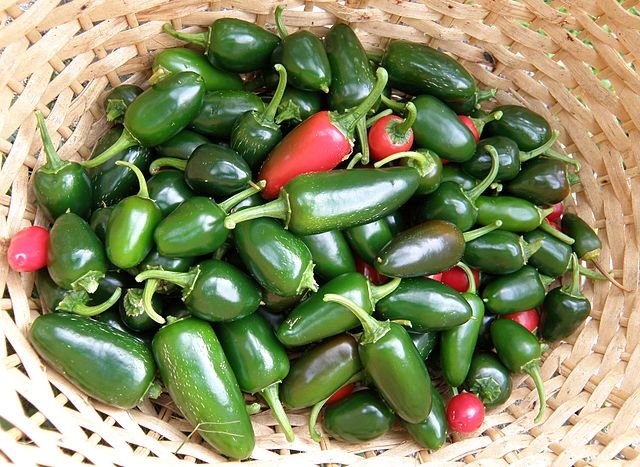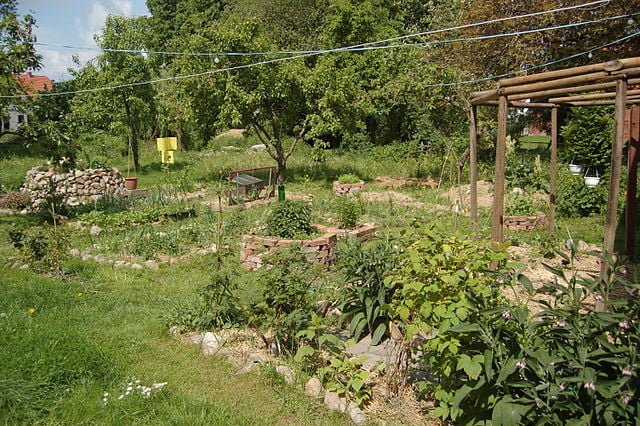Powdery Mildew: How to Identify and Treat
Powdery mildew is a pervasive fungal disease that affects many plants, leaving a telltale white or gray powdery coating on leaves, stems, and sometimes fruits. While rarely fatal, it can weaken plants, reduce yields, and affect the aesthetic value of ornamentals. Understanding how to prevent, identify, and treat powdery mildew is crucial for maintaining healthy, vibrant gardens.
Understanding Powdery Mildew
Powdery mildew is caused by several different fungi, each specific to certain plant types, making it a widespread issue in both vegetable gardens and ornamental landscapes. Unlike many fungal diseases, powdery mildew doesn’t require wet leaves to germinate; in fact, it thrives in warm, dry climates with high humidity levels.
Prevention and Early Intervention
- Select Resistant Varieties: When possible, choose plant varieties that are resistant or less susceptible to powdery mildew.
- Proper Spacing and Air Circulation: Avoid overcrowding by spacing plants according to their mature size. Good air circulation helps prevent the humid conditions that powdery mildew loves.
- Position for Sunlight: Plant in areas that receive ample sunlight, as powdery mildew prefers shaded conditions.
- Watering Practices: Water plants at the soil level in the morning, avoiding wetting the foliage, to minimize humidity around the plants.
- Regular Monitoring: Check plants regularly for early signs of infection. Early detection makes management more effective.
Identifying Powdery Mildew
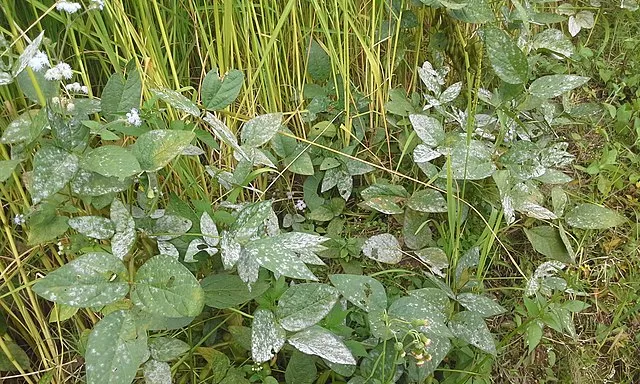
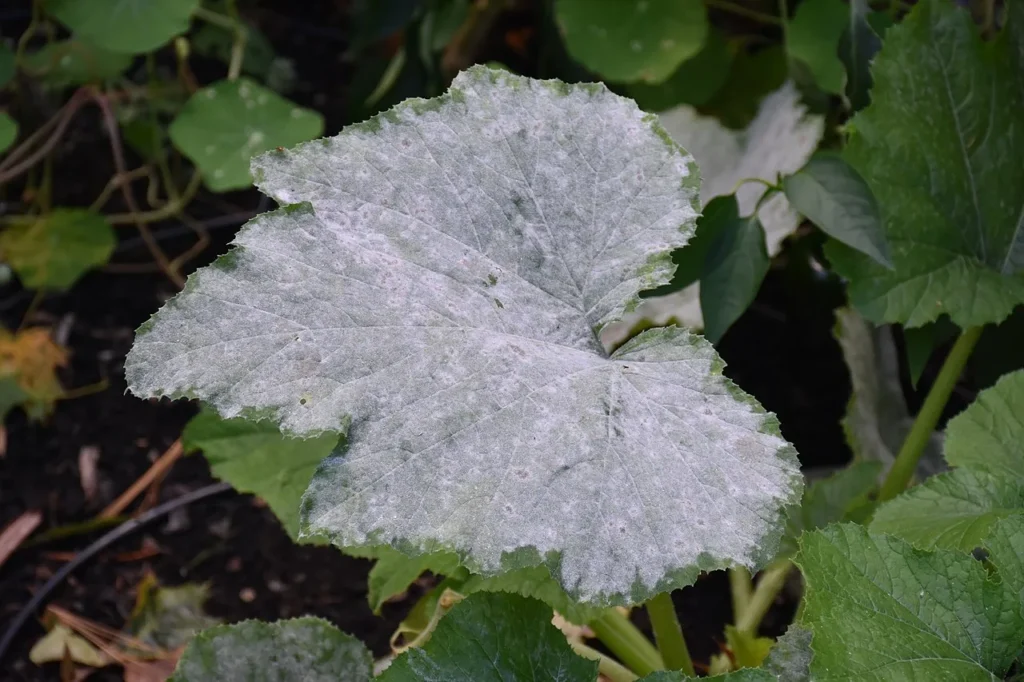
Early identification is key to controlling powdery mildew effectively. Look for:
- White or gray powdery spots on leaves, which can spread to cover large areas.
- Yellowing or drying of leaves, and distortion of new growth.
- In severe cases, defoliation or reduced flowering/fruiting.
Treatment Options
Once you’ve identified powdery mildew, it’s important to act quickly to control its spread:
Remove Affected Parts
Trim heavily infected leaves or stems and dispose of them away from your garden.
Organic Fungicides
Apply organic treatments such as neem oil, sulfur, or potassium bicarbonate solutions. Follow application instructions carefully for the best results.
Increase Airflow and Reduce Humidity
If possible, increase spacing between plants and improve air circulation around them.
Chemical Fungicides
As a last resort, and for severe infections, chemical fungicides may be used according to the product label. Always choose products specifically labeled for powdery mildew and follow application guidelines.
Cultural Practices for Long-term Management
In addition to immediate treatments, adopting certain cultural practices can reduce the recurrence of powdery mildew:
- Crop Rotation: Avoid planting susceptible plants in the same location year after year.
- Soil Health: Maintain healthy soil with proper fertilization and organic matter to support strong plant growth.
- Sanitation: Clean up fallen leaves and debris where fungi can overwinter.
Powdery Mildew FAQ
What is powdery mildew?
Powdery mildew is a fungal disease that affects a wide range of plants, characterized by white or gray powdery spots on the leaves and stems. It can weaken plants, reduce yields, and, in severe cases, kill the plant.
How does powdery mildew spread?
The fungus thrives in warm, dry climates with high humidity levels, especially during the night. It spreads through spores carried by the wind, insects, or garden tools and clothing.
Can powdery mildew affect indoor plants?
Yes, powdery mildew can also affect indoor plants, particularly if the air circulation is poor and humidity levels are high. Ensure good ventilation and avoid overcrowding of plants.
How can I prevent powdery mildew?
Prevent powdery mildew by selecting resistant plant varieties, providing adequate spacing between plants for air circulation, and watering plants at the base to avoid wetting the leaves. Additionally, ensure plants receive enough sunlight and nutrients to maintain health.
What organic treatments are effective against powdery mildew?
Organic treatments for powdery mildew include neem oil, sulfur-based fungicides, and baking soda mixed with horticultural oil and water. Always follow the label instructions for proper application.
Can I use chemical fungicides to treat powdery mildew?
Chemical fungicides can be effective against powdery mildew. However, they should be used as a last resort and according to the product’s label instructions. Rotate fungicides to prevent the fungus from developing resistance.
Should I remove affected leaves?
Yes, removing affected leaves can help reduce the spread of the fungus. Disinfect your pruning tools after use to prevent contaminating healthy plants.
Will powdery mildew disappear on its own?
While mild cases may not severely harm the plant, powdery mildew generally does not disappear on its own and requires intervention to manage and control the spread.
Additional Resources for Managing Powdery Mildew
- “The Organic Gardener’s Handbook of Natural Pest and Disease Control” by Fern Marshall Bradley, Barbara W. Ellis, and Deborah L. Martin: This comprehensive guide includes a section on managing powdery mildew with organic methods, offering practical advice and solutions for gardeners.
- American Phytopathological Society: The APS provides scientific articles and resources on powdery mildew, including identification, management practices, and the latest research on the disease.American Phytopathological Society – Powdery Mildew
- Extension Services: Many university extension services offer free online resources, including articles, guides, and fact sheets on powdery mildew. These resources are region-specific and can provide advice tailored to your local area.For example, the Cornell University Cooperative Extension offers extensive information on disease management for various plants affected by powdery mildew.
Final Thoughts

While powdery mildew is a common challenge for gardeners, understanding how to prevent, identify, and treat this fungal disease can help keep your garden thriving. By combining preventative measures with effective treatment options and good gardening practices, you can protect your plants from powdery mildew and enjoy a healthy, bountiful garden.

